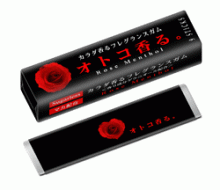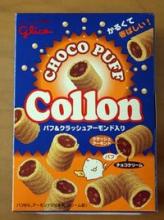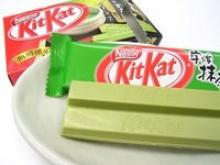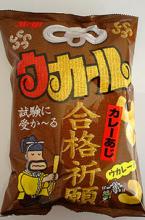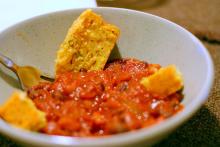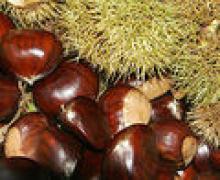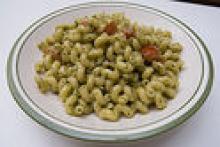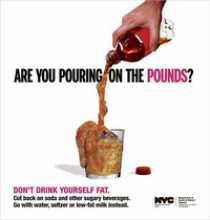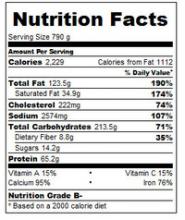8 Unusual Japanese Snacks
Like every other country, Japan has its share of strange and quirky food. Although I got to say that, unlike most countries, Japan has more frequent instances of creating exceptionally weird snacks. Check out 8 such snack types below.
1. “Otoko Kaoru” or 'Man Smell' Chewing Gum
Think that simply spraying Axe is not good enough? Need a bit of extra help boosting your ego? Or do you just worry that you smell funny? These must be the questions running through the minds of the inventors of this chewing gum. It is roughly translated as 'Man Smell' chewing gum and it purports to add that extra oomph to your manliness. Granted, the smell wafting from your skin pores will remind you of roses but perhaps this is aimed at the metrosexual man?
2. American Burger Flavored Potato Chips
Wait, what? So basically, if you were to eat these chips with your burger, you will get the same taste either way? Maybe these chips are meant for camping trips and such, you know when you are far from a burger joint and you crave a yummy snack? Is there any other way you can make sense of this? It's not surprising that this didn't last long on the market.
(Photo via Flickr user vacationtime via Candy Addict)
3. Collon
In this case, it is not just a matter of an unfortunate name but the snack itself. It's meant to be a sweet snack and comes as wafer tubes with filling. Are you having a facepalm moment? Did I mention that chocolate is one of the filling flavors? Oh dear.
4. Big Daddy Bento Box
Alright, so this is cool weird. Who wouldn't want their lunch meal to look like this? Of course I would not want to eat it, mostly because I would not want to ruin the layout. I love how one of his bent leg has rice molded just at the right angle. Someone spent way too much time making his lunch!
5. Maccha Milk Kit Kat
Think the color is a bit weird? Well, that is a hint about the flavor of this quirky Japanese snack. Yep, you should only bite into this if you are craving a bit of green tea flavored snack. Kind of a strange taste for a chocolate bar, don't you think? Then again, that's what some folks said about mint chocolate bars ….
6. Pepsi Shiso
Speaking of minty flavor, check out this unusual flavor for a Pepsi drink. Apparently it is a mint flavored Pepsi and, if this blog is anything to go by, it also has a hint of pine and fennel. It's starting to sound more like something you keep in your car, you know to get rid of those funny American Burger flavored chips you left for too long in your car.
7. Mother's Milk
I am hoping this is aimed at young mums and are intended for babies. Actually, can you give a carton of breast milk to a kid … is that even healthy? You also wonder if there are other, more grownup folks queuing up to buy this drink. I have to agree with the site that featured this drink; what kind of factory actually produces this drink? What would they say in the classified, when advertising for this ad?
8. Uka-ru Chips
This one is too cute for words. According to this blog, the chip type is a reference to special prayers one does when hoping to pass exams and such. So … prayer chips? Maybe it gives that extra drive and boost a student needs during study time? Whatever the case, you have to admit that the packaging for the chips is rather endearing.

